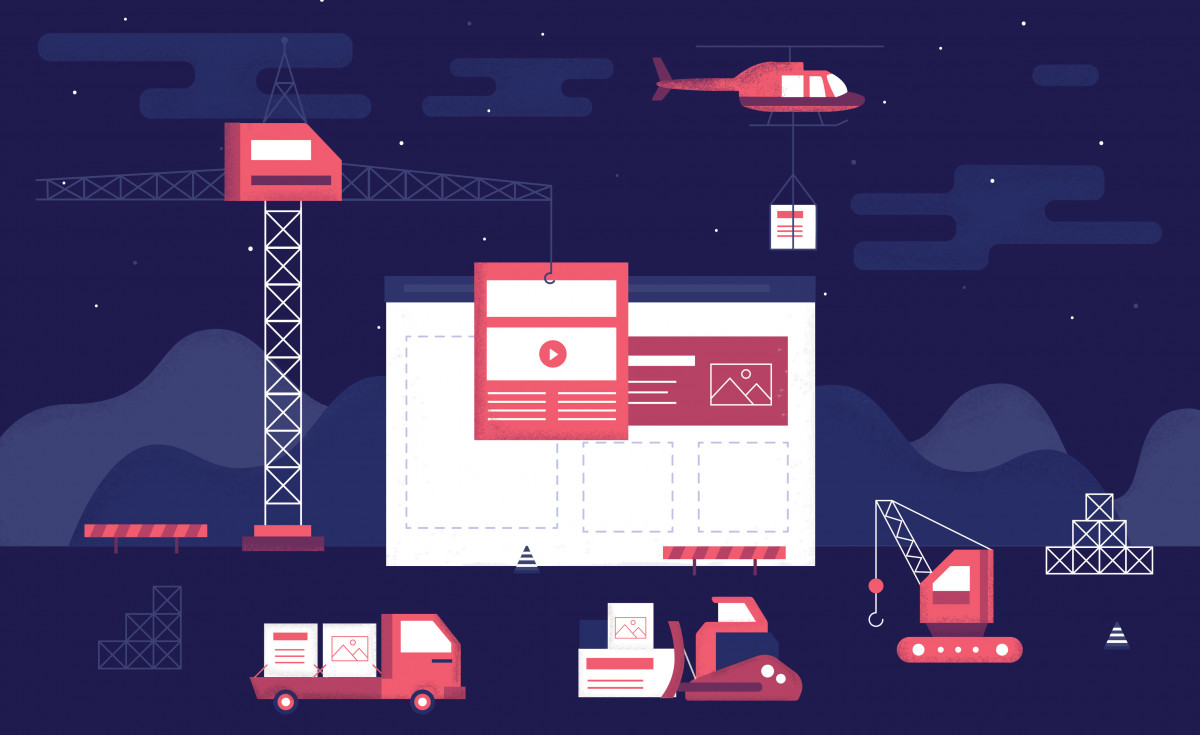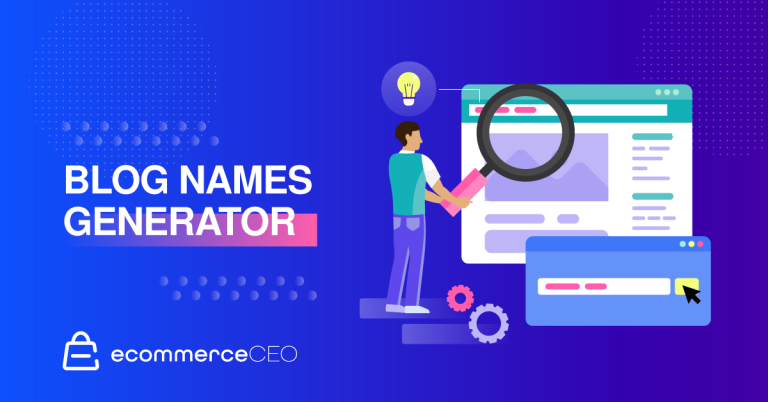
- Posted on
- • April 1, 2021
- Ecommerce 101

Thinking about moving to a new ecommerce platform? You’re not alone. According to a survey released by Digital Commerce 360 in Q1 of 2021, 51% of retail ecommerce executives said they were prioritizing ecommerce platform technology in their 2021 budgets.
Manufacturers, wholesalers, and distributors are also focusing on ecommerce platform technology–in another survey, 92% of B2B ecommerce professionals who responded said they plan to increase ecommerce technology spend in 2021.
Not sure where to start with your ecommerce migration? This guide to changing ecommerce platforms offers a straightforward overview of the replatforming process so you can familiarize yourself with the steps and key decisions involved. Written specifically for enterprise ecommerce professionals, this is a comprehensive guide to everything you need to know about kicking off an ecommerce replatforming project.
Click here to download the guide (it’s free!).
Here’s a taste of what the guide covers:
Assess Your Readiness for Change
Are you ready to migrate to a new ecommerce platform? Here are some signs that it may be time:
Your product line has outgrown your navigation.
If you’ve got hundreds – or thousands – of SKUs, they need to be organized so shoppers can easily find what they want. You shouldn’t be limited to a specific number of products or categories.
Your website isn’t fully mobile ready.
Whatever you’re selling, customers want to be able to look up and buy from their phones and tablets. If your site isn’t ready, you’re losing sales.
You’re a B2B business that wants to go B2C – or vice versa.
Operating B2B and B2C businesses used to require managing two websites. Not anymore. Today you can handle multi-tier business accounts and B2C accounts on the same website, showing different products and pricing to different customers or customer groups.
You’re tired of fixing third-party apps.
Although they can add helpful features and functionality, plug-ins can become a nightmare to manage. Robust ecommerce platforms include native functionality for the most important features, making upgrades seamless.
You’re confident your business can do better.
Higher conversions, more return customers, increased order values. You know small improvements can add up to major revenue. Perhaps you’ve started looking at your ROI calculations.
Explore the Business Benefits of a Move
In addition to solving the pain-points above, a move to a modern ecommerce platform can increase your ROI. Let’s take a look at four key business benefits your online store can look forward to enjoying through new features and functionality.
- Higher Conversion Rates and Higher Volume
- Higher Average Order Value
- Higher Revenue with Omnichannel Sales
- Better Profitability with Back-Office Efficiency
Select Your Migration Method
Like remodeling a house, when you replatform a website, you have many decisions to consider. Migrating to a new ecommerce platform will provide major improvements to your infrastructure; but before the move, you should decide what else to fix at the same time. Do you need to change your site structure, your look and feel, your content? There are three options to consider:
- Minimum Viable Template
- Customized Template
- Fully Customized Site
Choose Your Dream Team
Who’s going to be on your migration A-Team? This decision will impact what you build, how long it will take, how much it will cost, and, at times, how enjoyable the experience will be. Here are the three options:
Option 1: Keep It In-House
Option 2: Contract with an Agency Partner
Option 3: Engage with Professional Services
As you are looking at your design and development team, don’t forget the important players inside your office. As you schedule the project, make sure to build in time for reviews at various stages, with various parties. You’re likely to need information, input, and buy-in from a variety of personnel and departments, including marketing, finance, customer service, sales, and more.
Understand Your Timeline
The Complete Guide to Changing Ecommerce Platforms includes the 10 Steps to Migration Success. (Your migration team will help you set the timeframe.)
To receive your free copy of the Complete Guide to Changing Ecommerce Platforms, click here.
As you decide when to replatform, you’ll want to read our blog: The Complete Guide to Finding the Best Ecommerce Platforms and Software for your Business.
Ready to talk to a Solutions Architect about a move to the Miva platform?
Book a time today.

About The Author
Elisa Williams
Elisa Williams is a journalist and communications strategist who combines storytelling with solid research and analysis. A contributing author to the Miva Blog, Elisa has written for a wide array of consumer, business and technology publications, including Newsweek, Real Simple, Computer Life and Inc. Her marketing and content development work includes supporting technology companies that specialize in ecommerce, financial services and big data.





